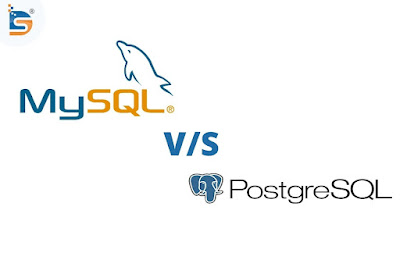Similarities and Differences between product design and UX design
There are numerous reasons why design roles differ. The digital design industry is growing at a faster rate than the rest of the world. Numerous functions are now available to address a variety of issues associated with distinct business requirements. The distinction between product design and user experience design also comes to mind.
When it comes to running a business in the modern world, the look of the business is very important. As a result, both product and UX (user experience) design are critical components of a business's marketing strategy.
Even though both kinds of design require similar technical skills and serve similar purposes, there are some important differences between them that make them unique.
Similarities between UX Design and Product Design
There are several reasons for the misunderstanding of these terms.
Both product design and UX Design are based on design thinking, so they both need the same skills when it comes to making things. Design thinking seeks to understand the user, challenge assumptions, and reframe problems.
Design thinking is an iterative process. In both UX and product design, the designer must focus on making the product more user-friendly.
Another thing that both UX design and product design have in common is how they handle data. Designers are expected to be good at quantifying and analyzing data. Additionally, both designers work with similar tools and programs.
Difference Between Product Design and UX Design
The primary distinction between these two types of design jobs is in their characteristics. A product designer is more analytical, while a user experience designer is more strategic. Let's compare and contrast them.
Methods of Designing
UX designers have the primary responsibility of describing how a product functions. Interaction patterns and product usage scenarios are devised in order to accomplish this.
They create a user interface prototype. In addition, they use a variety of testing methods, such as email surveys and A/B testing, to keep track of what people do.
Product designers, on the other hand, usually make the whole thing look and feel good to the touch. They give information about how some parts of the product work. Additionally, they determine a market scope and develop plans for implementing the solution.
Goals and Responsibilities
Product designers and user experience designers are distinguished by their responsibilities and areas of focus. A product designer is more concerned with business requirements than a UX designer is with user requirements.
A UX designer, on the other hand, only thinks about how users have problems with their usability. It's important to think about how much responsibility each person has when making this decision.
Required Equipment
The tools that both designers employ also contribute to their differentiation. They both use the same design software with prototyping tools. Also, product designers use sketch and mind mapping tools, while UX designers use interactive and wireframe design tools.
If you look at how UX design and product design connect, you can see how different they are from each other. Both of these options are capable of meeting your business needs.
Required Skill Set
There is no doubt that both jobs require exceptional design skills.
Product designers need to make more decisions and think about the business, while UX designers focus on more specific design tasks.
Product designers are in charge of making broad decisions during the design process. As a result, they require UI design, user research, and visual design skills. Meanwhile, UX designers should be proficient with prototyping software.
UX designers must possess the following abilities: the ability to create process flows and sitemaps, the ability to diagram workflows, and the ability to collect user feedback.




Comments
Post a Comment